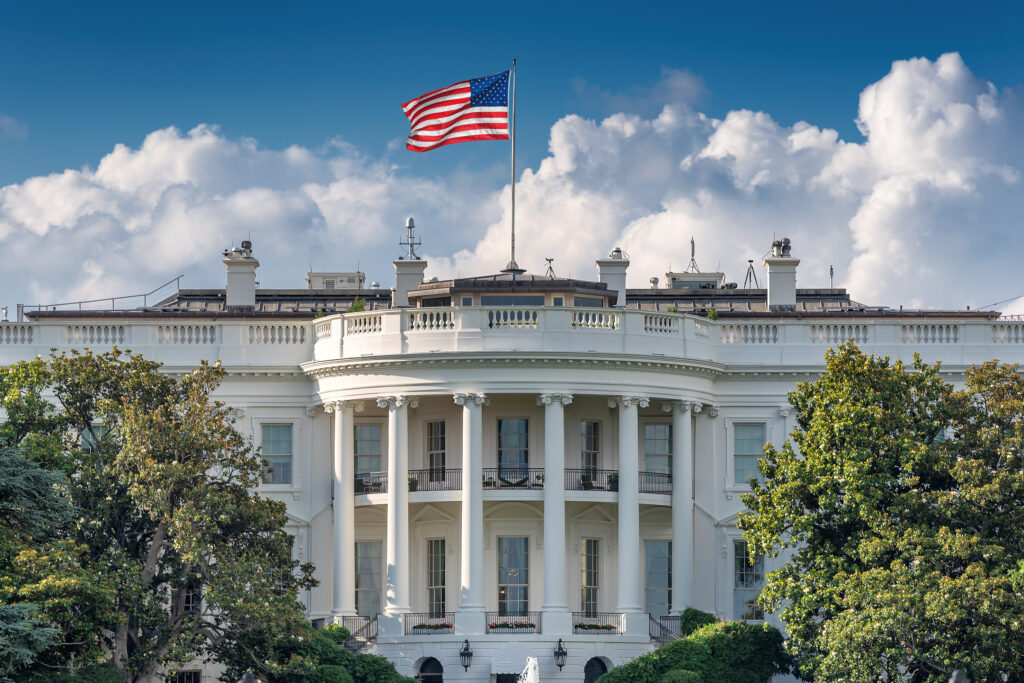Employment Law Report
Trump’s Unprecedented Labor and Employment Overhaul: How EEOC and NLRB Shakeups Impact Employers

By: Isaac Keller
The Trump administration has recently taken significant steps to reshape the Equal Employment Opportunity Commission (EEOC) and the National Labor Relations Board (NLRB). These changes could affect workplace discrimination policies, labor relations, and employer compliance obligations. Employers should be aware of how these shifts may impact federal enforcement trends and workplace regulations.
Trump’s Unprecedented Changes to the EEOC and Potential Consequences
On January 27, 2025, President Trump removed two Democratic EEOC commissioners, Jocelyn Samuels and Charlotte Burrows, along with General Counsel Karla Gilbride. Before Trump’s removals, Democrats were set to retain a majority through Commissioner Samuel’s term, which was set to end in 2026. But in an unprecedented action, Trump’s removal of EEOC commissioners, whose terms had not yet expired, shifts the political majority on the five-member board.
The removal of an EEOC commissioner, without cause, is an unprecedented act by President Trump and will likely be challenged in court.[1] EEOC commissioners are appointed by the president and confirmed by the U.S. Senate for five-year terms. The EEOC was formed and is governed by Title VII of the Civil Rights Act of 1964 and is an independent agency. The Act does not explicitly outline the process or prerequisites for the removal of EEOC commissioners, but it has historically been understood that commissioner removal requires cause (negligence, malfeasance, or some other justification for removal). Indeed, historically, new presidential administrations have allowed EEOC commissioners to remain in position until their terms have naturally concluded.
Currently, only two EEOC commissioners remain: Commissioner Andrea Lucas, the sole Republican commissioner and now the acting chair, and Commissioner Kalpana Kotagal, a President Biden appointee whose term is set to expire in 2027. As a result, the EEOC no longer has a quorum, limiting its ability to initiate rulemaking, issue new regulations, enforce certain policies, and authorize the initiation of new lawsuits.
Although the lack of a quorum will halt new lawsuits requiring Commission approval, ongoing litigation and new lawsuits in the category that the Commission has delegated to General Counsel are not affected. In other words, the General Counsel retains the authority to initiate routine EEOC litigation without Commission approval, but the filing of significant, far-reaching, or unprecedented litigation (which requires Commission approval) will halt until the Commission has the required quorum. Likewise, EEOC guidance will remain at a standstill until a quorum is reached.
In the meantime, employers should note that the Trump administration characterized the removals as necessary to align the agency with its policy objectives. Following these changes, Acting Chair Lucas has implemented new internal guidance regarding discrimination claims and workplace policies. Some of the most notable developments include adjustments to gender identity and sexual orientation protections, changes to diversity, equity and inclusion (DEI) initiatives, and general shifts in enforcement priorities. For example, on the evening of January 28, within 24 hours of Trump reshaping the EEOC leadership, the EEOC issued a press release titled, “Removing Gender Ideology and Restoring the EEOC’s Role of Protecting Women in the Workplace.” Similarly, since the leadership changes, the EEOC has already removed materials and information on LGBTQ+ worker protections on its internal and external websites.
Additionally, these removals suggest that the Trump administration will seek to appoint two Republican commissioners to reach a majority on the Commission. If that occurs, the Republican Commissioners, along with Acting Chair Lucas, would have the majority vote required to issue new rulemaking and revoke existing formal guidance.
Employers should monitor these developments closely, as they are a clear shift in priority from the previous Commission and will likely influence workplace discrimination policies and employer compliance obligations.
Unprecedented NLRB Leadership Changes and Their Effect on Labor Relations
The Trump administration has also removed NLRB General Counsel Jennifer Abruzzo and Chair Gwynne Wilcox, key officials involved in the agency’s enforcement of federal labor law, union disputes, and collective bargaining rules. Although the removal of the NLRB general counsel was expected, and follows the precedent of President Biden and others, the removal of an NLRB board member was unprecedented.
The removal of Chair Gwynne Wilcox will likely be challenged in court. Still, like the EEOC, the removal leaves the five member board with only two members and without a necessary three-member quorum. For now, without a quorum, the NLRB cannot decide cases, which is an intentional move by President Trump and aligns with his agenda to prevent additional decisions that could be more employee-friendly and contrary to his goals in the employment policy context.
Employers engaged in union negotiations or facing potential labor disputes should stay informed about any regulatory changes soon to come.
Conclusion
Given these significant developments, employers would do well to monitor EEOC and NLRB announcements to stay informed about changes in agency leadership and federal enforcement priorities. President Trump’s removals are just the beginning, and suggest that a variety of changes to labor and employment policies are likely to follow. As developments continue, employers should consider assessing internal policies related to anti-discrimination, DEI programs, labor relations, and union activity to ensure compliance with evolving federal guidance.
[1] Commissioner Burrows posted on X (formerly Twitter) and said that, “Removing me from my position before the expiration of my Congressionally directed term is unprecedented, violates the law, and represents a fundamental misunderstanding of the nature of the EEOC as an independent agency… I am considering my legal options.”
